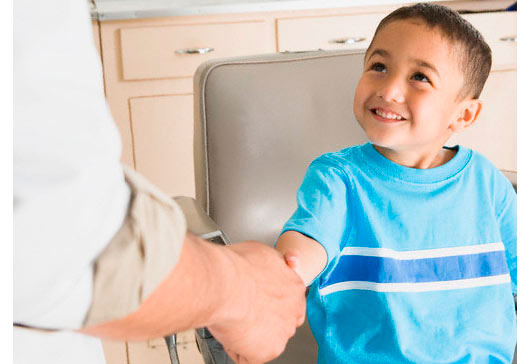8. Seeing Eye to Eye
Kids often have a hard time with eye contact; it can feel intense and uncomfortable. But they should be encouraged to overcome their hesitation, as it is a skill that, once mastered, will serve them well for the rest of their lives in a variety of situations ranging from casual conversations to pressure-heavy scenarios like job interviews. Not to mention making eye contact when you’re talking to someone is just plain polite. The Emily Post Institute’s website emphasizes eye contact in “Being a Good Conversationalist”: “Looking into the other person’s eyes shows your interest in the conversation, but try not to stare.” Striking the right balance between maintaining eye contact and merely giving someone the hairy eyeball can be tough, but children should still be encouraged to try; practice will make perfect. Eye contact fosters a real connection with people, while a lack of eye contact can signal disinterest, discomfort, or a lack of confidence. In a 2007 article about children at the Connecticut School of Etiquette, the New York Times wrote about a trick employed by proprietor and instructor Michèle O’Reilly (O’Reilly is certified by both the Emily Post institute and the Protocol School of Washington). When teaching children at her school, “[O’Reilly] told them the importance of eye contact, then showed them a trick. If they were too shy to look the other person in the eye, they could stare at the spot above the person’s nose and between the eyebrows—‘the safety zone,’ said Ms. O’Reilly, who gave them stickers to place in their safety zones. Then they practiced introductions again, this time staring at the stickers between their eyebrows.”

 Cosmo for Latinas: Michelle Herrera Mulligan Makes Her Mark
Cosmo for Latinas: Michelle Herrera Mulligan Makes Her Mark 









